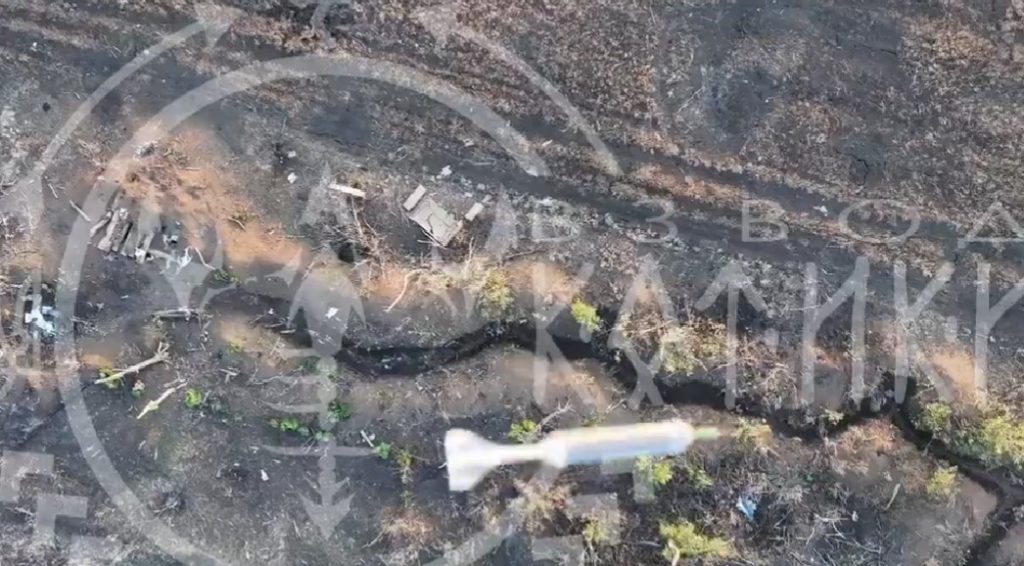Napalm burns at temperatures ranging from 800°C to 1,200°C (1,472°F to 2,192°F).
Others are reading now
The use of incendiary weapons has increased in the ongoing conflict in Ukraine. Particularly against entrenched Russian positions.
Dropping Napalm and Thermite
While controversial, these weapons are not prohibited under international conventions, provided they are not deployed in populated areas where civilians may be present.
Incendiary weapons are particularly effective in eliminating entrenched adversaries from bunkers and fortified locations.
Recent reports indicate that Ukrainian forces are employing drone technology to drop incendiary substances, including napalm and thermite, onto Russian positions, according to WP.
Also read
This strategy represents a significant shift in tactics, showcasing the evolving nature of warfare in the region.
Can Adhere to Surfaces
Napalm, a thickened gasoline or diesel fuel, is among the most commonly used incendiary substances. Compared to thermite, which is more expensive and complex to produce, napalm is both cheaper and capable of igniting larger areas.
Once created, napalm burns at temperatures ranging from 800°C to 1,200°C (1,472°F to 2,192°F) and can adhere to surfaces upon impact, making it particularly dangerous.
The formulation of napalm involves mixing flammable liquids with thickening agents, resulting in a gel-like substance. Modern versions contain additives that can cause spontaneous ignition when exposed to air.
Napalm can burn for several seconds to over ten minutes, depending on its mixture, and its suppression is notoriously difficult. Conventional methods such as smothering with sand or dirt may fail, especially with variants containing oxidizers, while water is ineffective since napalm floats on it.



